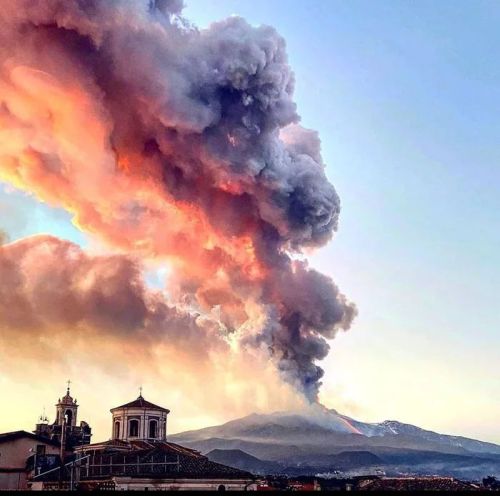#eruption
Strong strombolian explosions and a lava flow emerging from a vent at 3050 m elevation at Etna volcano. by Tom Pfeiffer
Via Flickr:
Strong strombolian explosions and a lava flow emerging from a vent at 3050 m elevation at Etna volcano. More like this at www.decadevolcano.net.
Post link
40 years ago today, Mount St. Helens blew its top.
Above,Mount St. Helens salt and pepper shakers, c. 1980s.
Post link
Lapilli, meaning ‘little stones’ in Latin, can have diverse origins, but the example shown on a photograph is more precisely called accretionary lapilli.
Accretionary lapilli form during a volcanic eruption in the ash cloud. When big volcanic eruption occurs, a volcano will blow a huge cloud into the atmosphere. Such cloud will contain massive boulders, smaller rocks, volcanic ash and gases etc. Rocks are heavy, so they fall back down fast, however, ash and gases do not. The most abundant and important in this process gas is a water vapour.
Mix fine ash and water vapour/steam together and what you get is an airborne mud. Water vapour sticks ash particles together, so as the huge turbulent ash cloud grows and mixes, more and more ash particles come together to form little balls (lapilli) which then rain down like hail once they get too heavy.
This layer formed after such rock rain in Hawai’i Island (Big Island).
Post link














